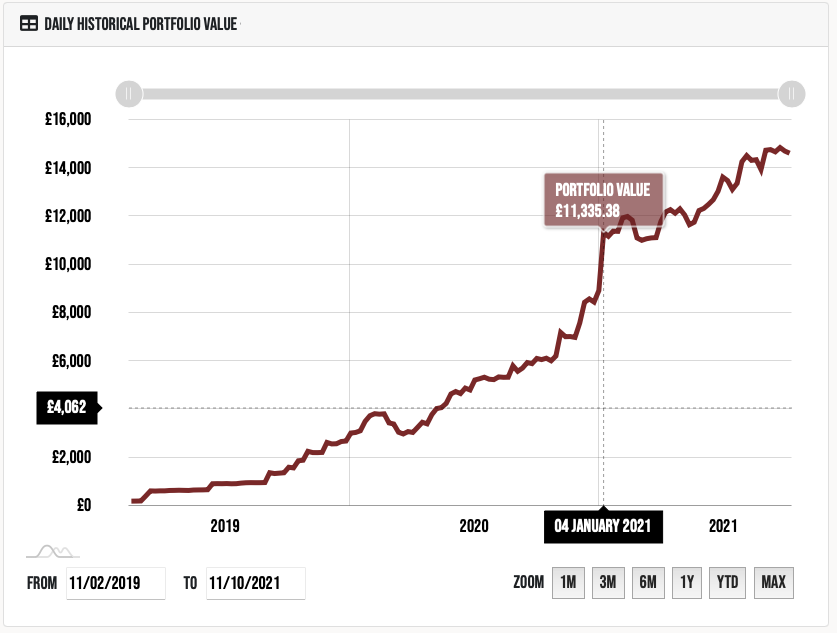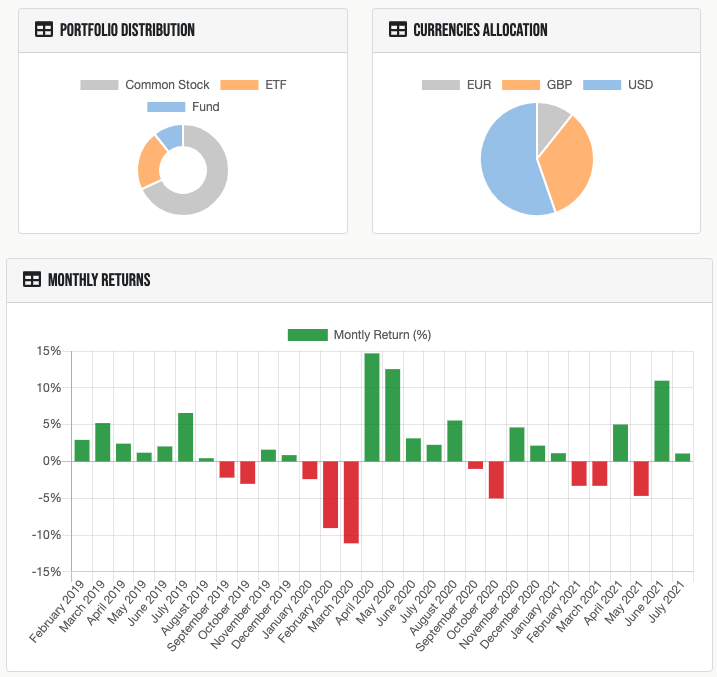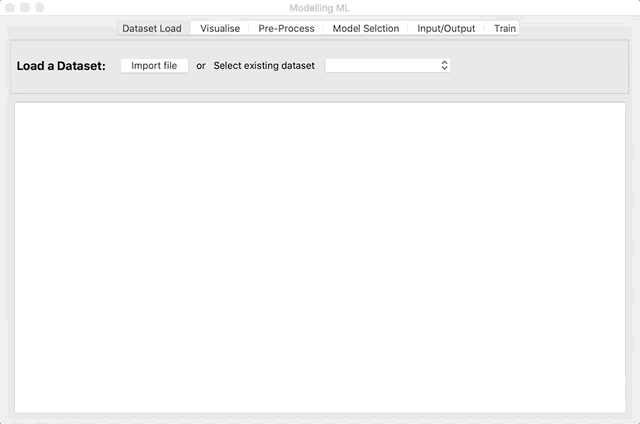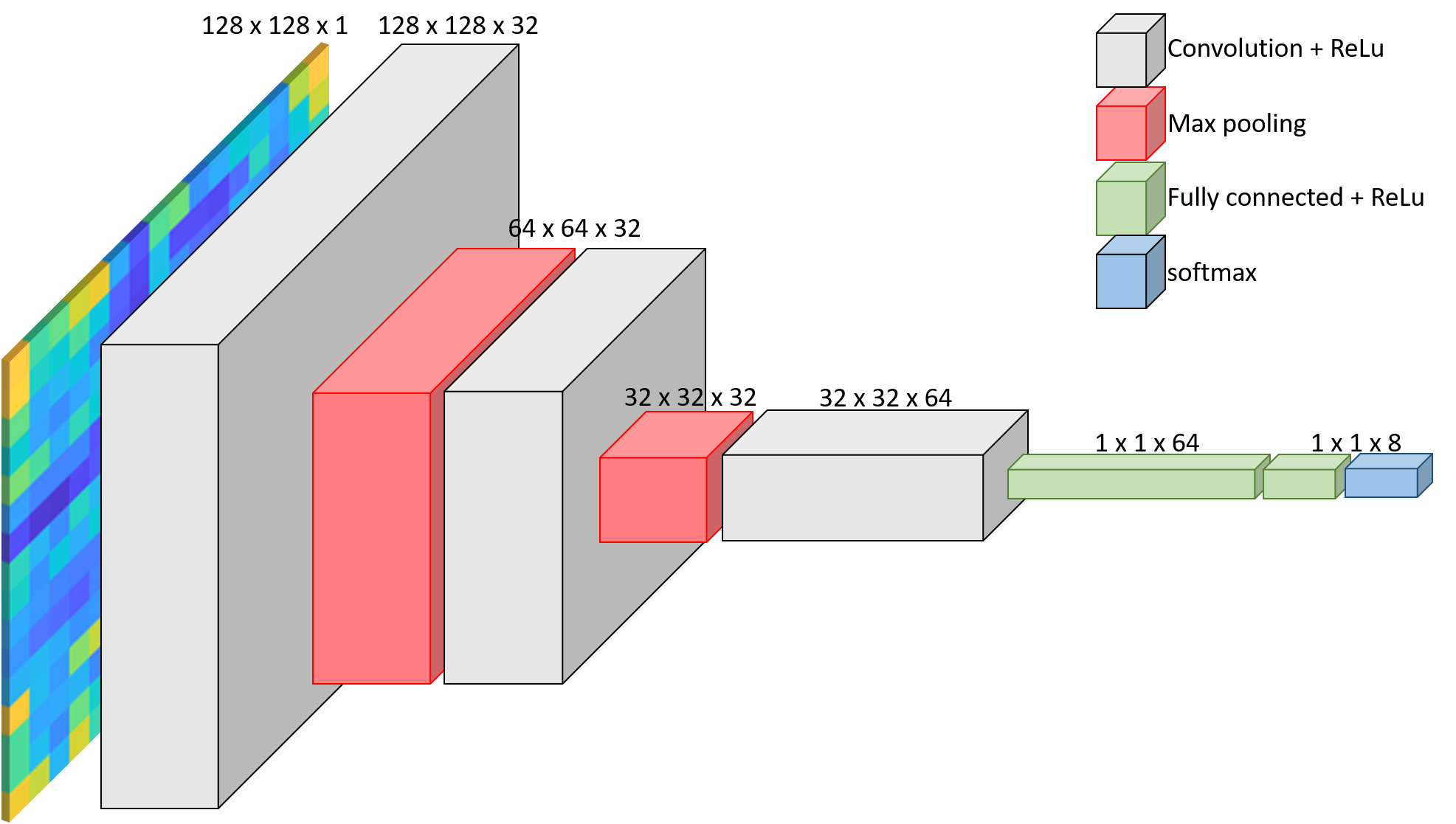💼 Projects
• Portfolio Butler
Portfolio Butler is a platform that has the
mission
to make the usually overlooked but essentially important task of tracking the performance of a
portfolio of investments much easier and automatic. Some aspects of an investment journey are
fun
and exciting such as buying that new hot stock after a great dip, receiving consistent dividends
from that undervalued company, and watching your portfolio return value flashing green for a few
months in a row. On the other hand, manually filling spreadsheets in order to keep track of your
portfolio history is not only error-prone but extremely tedious.
If you can't measure it, you can't improve it. Thus, the Portfolio Butler
delivers
the most important metrics for evaluating a portfolio's performance. Focus on your investment
returns while your butler takes care of all the rest.
• Real-Time Vehicle Counter
This is another project I started during the COVID-19 pandemic. It is still under development,
but the objective here is to create a public hourly-updated dataset which will contain a counter
for each kind of detected object (bicycle, car, motorbike, bus, truck) for each direction.
Objects going left on the top left corner are counted in the Inbound Count while objects going
right on the bottom right corner are counted in the Outbound Count.
The Real-Time Vehicle Counter is being built using OpenCV for
the computer vision tasks, Dlib for centroid tracking and
YOLO: Real-Time Object Detection which is built
on top of Darknet (Open Source Neural Networks in C)
is the brain of the entire system.
Once the neural network model is finely tuned and the model performance is where I want it to
be, I will share the source code in my Github profile
together with the link to the live dataset.
• Modelling ML
During the COVID-19 pandemic, I decided to put my extra time to good use and I
developed Modelling ML.
It is a code-free Machine Learning (ML) tool presented in a friendly Graphical user interface
(GUI) which covers the most important steps
in the design of Machine Learning models.
Modelling ML was entirely built using Python 3 and used some of the most
popular libraries
for Data Science and ML such as Scikit-learn,
Pandas,
Matplotlib,
Numpy, etc. The GUI was built on top of Qt and
the executable was generated using PyInstaller.
Have a look at this nice project which is available here:

• Classication of SARS-CoV-2 sequences using Convolutional Neural Network
(CNN)
Project under development.
Paper to be published soon.
Web-app to be launched soon.
• COVID-19 - Brazilian Dashboard
At the beginning of the COVID-19 pandemic, I joined the modelling group from
the
Gonçalo Moniz Institute
(a unit of the Oswaldo Cruz Foundation in the state of Bahia - Brazil). This group was
responsible
for implementing
and optimising epidemic models based on COVID-19 data from Brazil. My contribution was mainly
around
optimising
the model parameters using Genetic Algorithms in order to fit the epidemic curves.
This project resulted in the dashboard
illustrated in the image below and a scientific paper submitted to
the
Nature Communications journal.
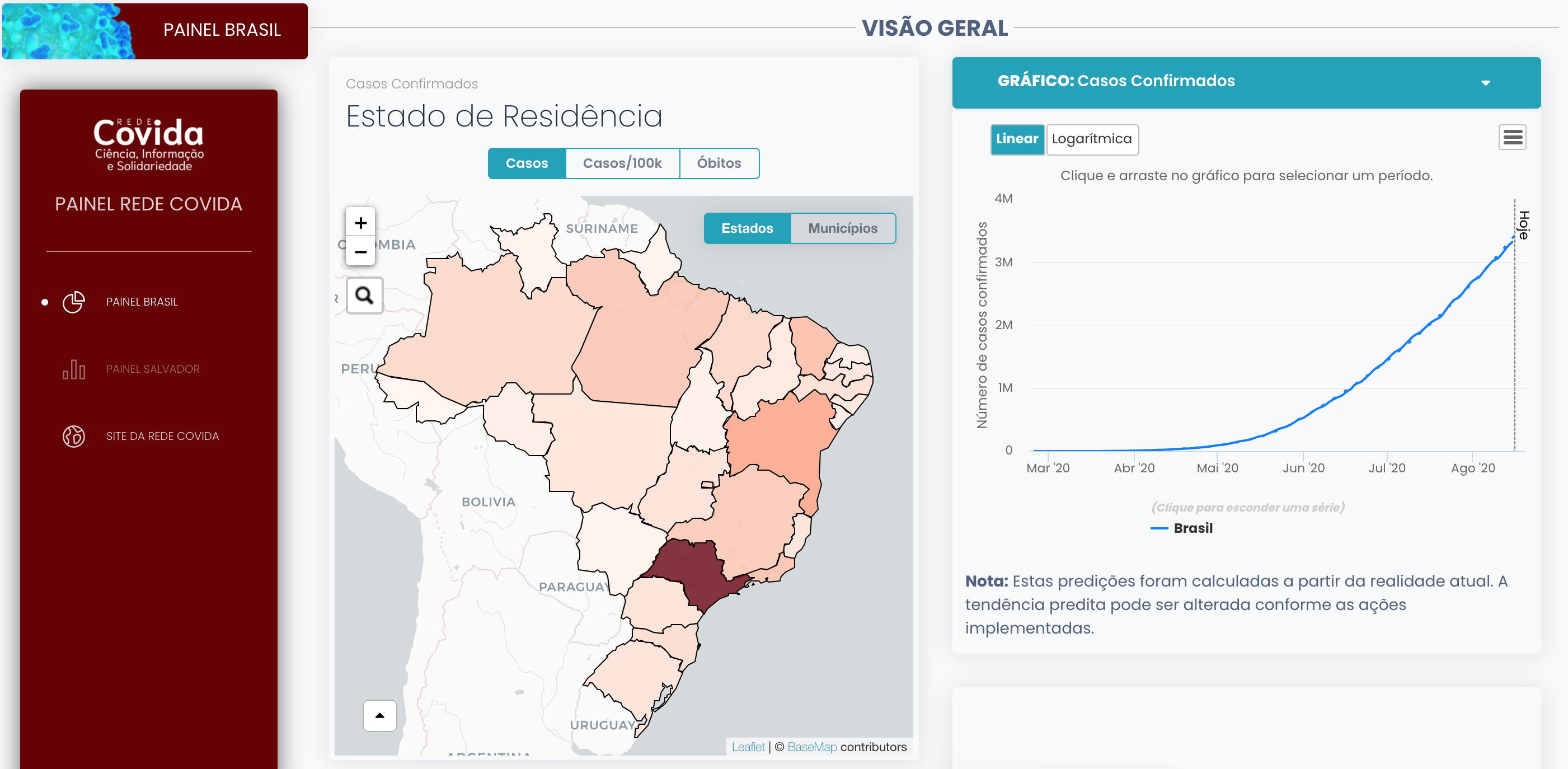
Here is the Github repository for this project:

• Tactile Glove
Back in 2016, Daniel and I
invested
a
great amount of time during our Masters in the Tactile Glove project. Together with partners
from
the
King's College London, we developed the glove and the virtual environment used for testing the
entire system,
which ultimately allowed us to feel in our hands a feedback touch from across the Atlantic
ocean.
With the Tactile Glove project, we achieved the 3rd place in the
Intel®
Embedded Systems Competition 2016.
You can find some extra information about this project on its Github page:

• Other Projects
Since 2018 I have been applying my Artificial Intelligence and Machine Learning
knowledge
to projects in the Welsh manufacturing sector. However, not much can be shared due to
Non-disclosure agreements as these projects deal with sensitive information.
You can have a look at a few of these projects here.

